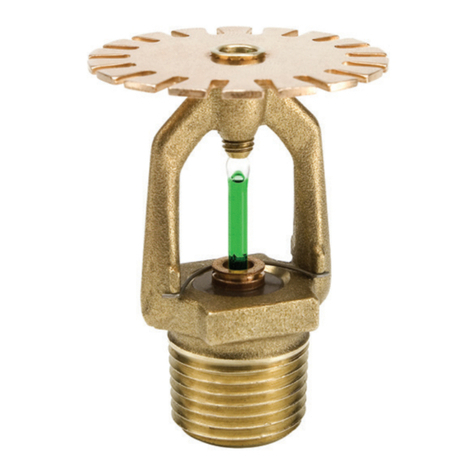
2
K-Line™ G-Set™ irrigation
G-Set is a solid set fixed system that minimises “labour” for
the day to day operation of irrigation.
It is suitable for all land areas, and is not restricted by the
shape, terrain, size or topography.
Due to this flexibility, there are numerous configurations
of valves, pressure regulation and sprinkler selection to
accommodate the various design requirements.
These installation instructions apply to all of these options.
RX Plastics has developed two “control” options to operate
the system.
The first is a wireless radio mesh system (IPC) of control
which allows the operator to communicate with the units
remotely from any point from which a single unit is visible.
With this system we do not require direct line of sight to
all of the units.
The second is an individual, battery operated control
(C1013). These units need to be synchronised and
programmed prior to installation and any future adjustment
must be done individually or on a group basis.
This installation manual is a guide to the best practice of
installing G-Set. Failure to follow these instructions can
lead to instability and poor performance.
G-Set installation 3
Pipe exposure and saddle installation.
Standard G-Set installation 4
Side Entry G-Set installation 5
Completing the G-Set installation 6
Wireless Controller (IPC)
mounting instructions 7 – 12
Guides to ensure you get the optimum
performance from your IPC.
Battery Controller (C1013) 13 – 15
A guide to ensure you get the optimum
performance from your K-LineTM G-Set
C-1013 control.
KLGS.RX2000
KLGS.C1013
G-Set is an irrigation ‘system’, and to
achieve the desired outcome, must be
approached and treated as such, and
not an accumulation of components.
Contents



























